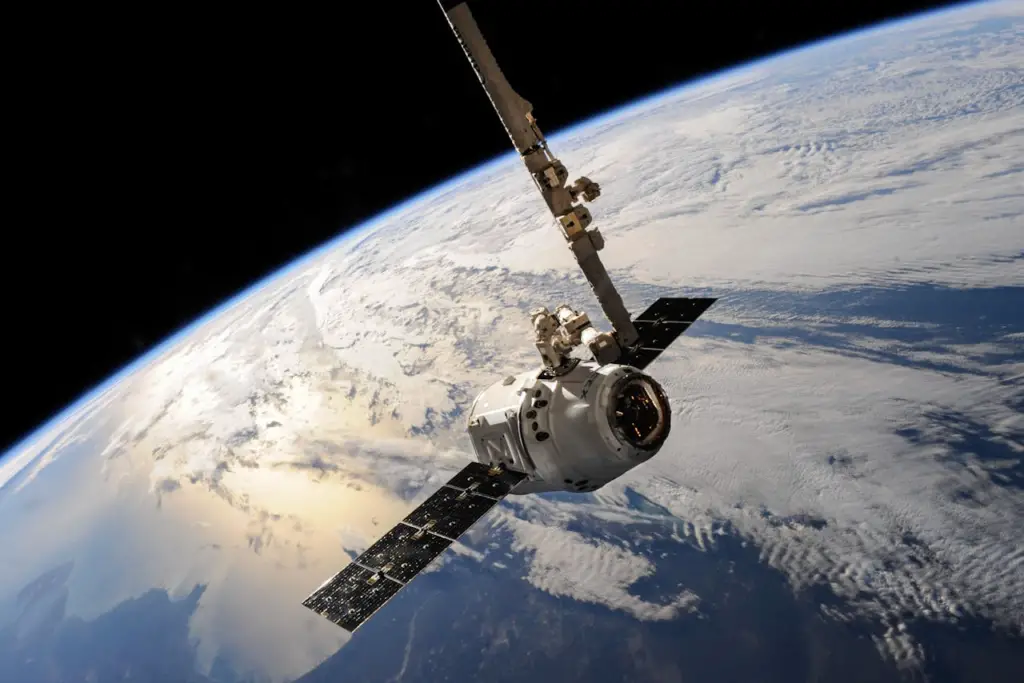Satellite images have proven to be essential across industries such as agriculture and urban development projects, with the choice of provider playing a crucial role in the quality and utility of data obtained for decision-making purposes discussed in this article.

Resolution and Image Quality
When choosing satellite image providers for tasks like monitoring or disaster response, quality, and resolution are key factors to consider. High-resolution images provide information crucial for accurate analysis. Being able to identify details is especially important in various sectors. Knowing a project’s resolution requirements helps in making informed decisions. Providers that offer a range of resolution choices give flexibility to meet needs effectively.
Coverage Area and Frequency
Assess the scope of satellite image coverage and how often updates are provided to determine their significance. Taking into account projects that involve overseeing regions or require frequent updates will be advantageous when selecting providers with broad coverage and regular revisits. Consider whether the provider offers comprehensive coverage or focuses on specific areas. Furthermore, timely access to images can significantly impact projects like monitoring crops or urban growth.
Data Formats and Accessibility
It’s crucial to understand the data formats available and their accessibility levels for usage. Different formats can work with various software tools, affecting data analysis convenience. Providers who offer a variety of format choices can better accommodate diverse requirements. Special attention should also be given to how the data can be accessed. Some providers have user interfaces or APIs that enable integration with current systems, simplifying operations.
Customization and Additional Services
Enhancing the value of satellite imagery is possible through customization options and extra services offered by providers. Some companies provide solutions such as data processing or specialized analytics. These offerings empower users to extract meaningful interpretations from the visuals. Additionally, services like change detection or object recognition can confer an edge, especially for specific projects that necessitate thorough scrutiny.
Pricing and Licensing
Factors such as costs and licensing terms are crucial when selecting a service or product provider. It’s important to understand the pricing model to effectively manage your budget by considering any charges or additional expenses that may arise. Certain companies offer tiered pricing plans based on the extent of services needed. Moreover, reviewing the terms of licensing agreements is essential for ensuring adherence to usage restrictions and safeguarding intellectual property rights to avoid issues.
Reliability and Reputation
Evaluating the trustworthiness and reputation of satellite image suppliers can provide assurance about the quality of data and service standards they offer. Well-known suppliers with a history of reliable service tend to instill more confidence in their consistency and dependability. Feedback and recommendations from users can provide insights into how well a provider performs and handles customer interactions. Choosing a reputable supplier minimizes the chances of facing challenges related to data precision or delays in delivery.
Technical Support and Customer Service
Considering the availability of assistance and the quality of customer service is crucial when choosing a provider. Strong support systems ensure users receive help to prevent interruptions. Quick resolutions become vital in scenarios where efficient customer service is essential. Assessing support levels, such as availability and responsiveness, enhances the overall user experience.
Sustainability and Environmental Impact
In light of the increasing focus on sustainability, it can be beneficial to assess the environmental efforts and footprint of a satellite image supplier to ensure alignment with organizational values. Companies that emphasize reducing their carbon emissions or supporting eco-friendly projects are likely to appeal to organizations that prioritize sustainability. Examining the provider’s dedication to sustainable practices is crucial for making an informed decision that reflects ethical values.
Conclusion
Choosing a satellite image supplier involves weighing factors such as image quality, coverage area, data accessibility, and flexibility for customization to suit individual needs. It is also important to consider the provider’s credibility and track record of service excellence. This approach helps organizations make well-informed choices that support their project success and strategic goals effectively by providing top-notch imagery alongside dependable support services, ultimately enhancing the overall outcome of a variety of projects.










